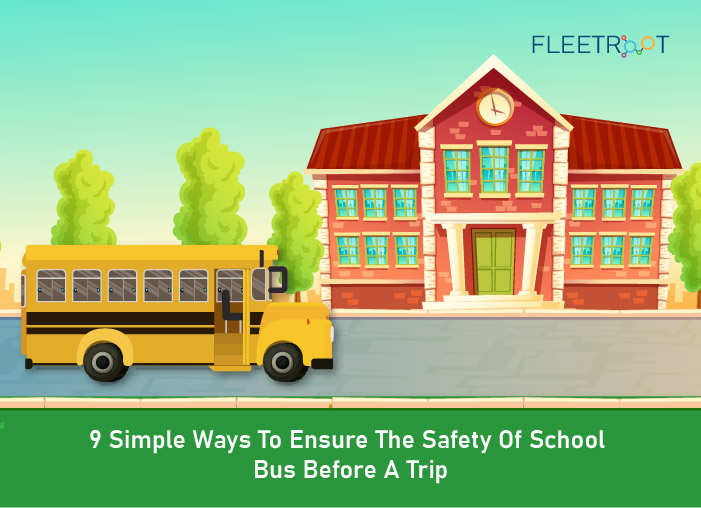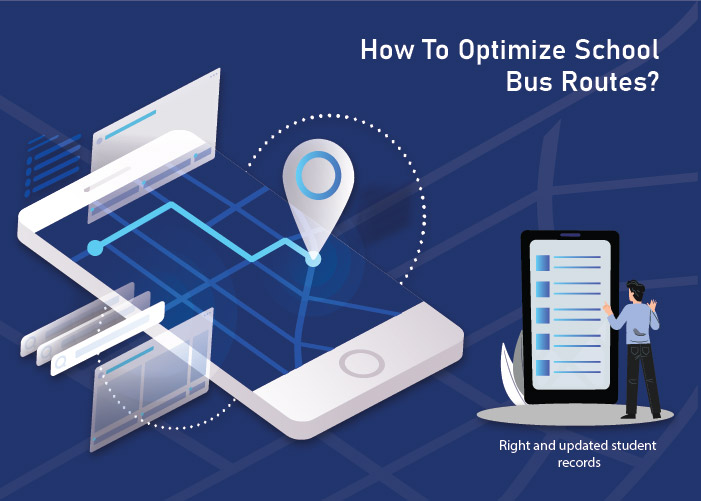It’s been more than six months since the COVID-19 changed our lives. From business people, service class employees to laborers, this pandemic has affected everyone in one way or another.
But there is one thing that has been affected the most are the schools and students. Education is the key to a prosperous society, and the school is like a temple for its students.
Although digitization has evolved the way institutes provide education. Children, especially small kids, are vulnerable to this infection, so institutes choose online education to ensure uninterrupted classes.
Despite the uncertainty about the end of this pandemic, many countries worldwide have decided to reopen the schools. Though, before doing so, institutes need to ensure the complete safety of students and staff.
From boarding the bus to returning home, the administration needs to take care of everything.
It’s quite difficult to get education back on track after this long pause, but it’s not impossible.
To ensure the safe reopening of schools, the government and authorities must consider a few critical aspects.
Factors to Consider Before Reopening the Schools
1.Shift Timings
Safeguarding people’s lives and their wellbeing is the absolute priority in this unprecedented time.
Teachers, parents, and school authorities need to have credence that the institute can protect the physical and mental health of school kids, teachers, and other staff members.
They must know at what timings they must open the school. They can open the school in more than one shift. In this way, schools can reduce students’ and staff’s count, considering the physical distancing aspect.
Another plan is to make a time table for every class to attend school rotationally. Here, the countries’ ministries of education need to ensure that health authorities examine the school calendar when they decide the timings and shifts for reopening schools.
2.Pre-conditions
The key criteria for reopening relate to physical protection against COVID-19.
The gradual reopening of school might happen in a phased manner.
The areas which are least affected by the virus can start the procedure. The only condition is that they must have proper hygiene facilities such as a clean sanitation area, tidy classroom, sanitizers at the entry and exit points, making masks necessary, etc.
Also, staff members who don’t need to attend school on daily basis can skip it for some time. For example, principals and vice-principals, trustees, can fulfill their jobs through digital mediums, so they don’t need to be physically present every day.
It’s necessary to reorganize schools. Also, they need to focus on the number of teachers per day or per shift. Not many staff members might be willing to return to work; schools need to be prepared for such conditions.
3.Practical Level Processes
The main challenge is to decide which policies and actions to take at the national and institutional levels. One question that arises is, who will go back to school first?
Some nations might choose a geographic approach, taking into consideration access to distance education as a critical aspect. The school in areas with low or no internet connectivity and higher poverty level may be the first to open.
In some countries, the school reopened in less populous areas, and they prioritized students in their final year of education. Elsewhere, the younger students have rejoined the institutes first as older ones can quickly learn from a distance.
4.Safe Travel
This aspect can be ignored for a while, but it’s the most significant one. Not just the institute premises, but buses taking students to and fro needs to be safe from the virus.
Authorities must take care of the bus drivers’ health, plus the cleanliness of the bus.
When the students board a bus, their daily temperature can be logged and the same goes with the drivers when they start their journey in the morning.
They must also take care of the social distancing inside the bus and students should avoid sharing water or food with others.
Besides, the school bus student tracking system can help parents, schools, and authorities stay aware of the bus’s whereabouts at any time.
The process may seem cumbersome, but it’s a significant step towards the students’ safety at this time.
Conclusion,
No one really knows when this pandemic is going to get over. But being cautious is what can save everyone from this harmful virus.
When it comes to getting educational institutes back to normal, the consultation, coordination, and communication are key to a safer process. It’s essential to build trust among all the stakeholders, and it can be achieved through effective communication within the school community.
Authorities can run back-to-back campaigns to educate students about effectively joining the school after this long break.
Making students comfortable will help them adapt to this new normal.
Now, it’s time to plan and prepare for the new future of education.



